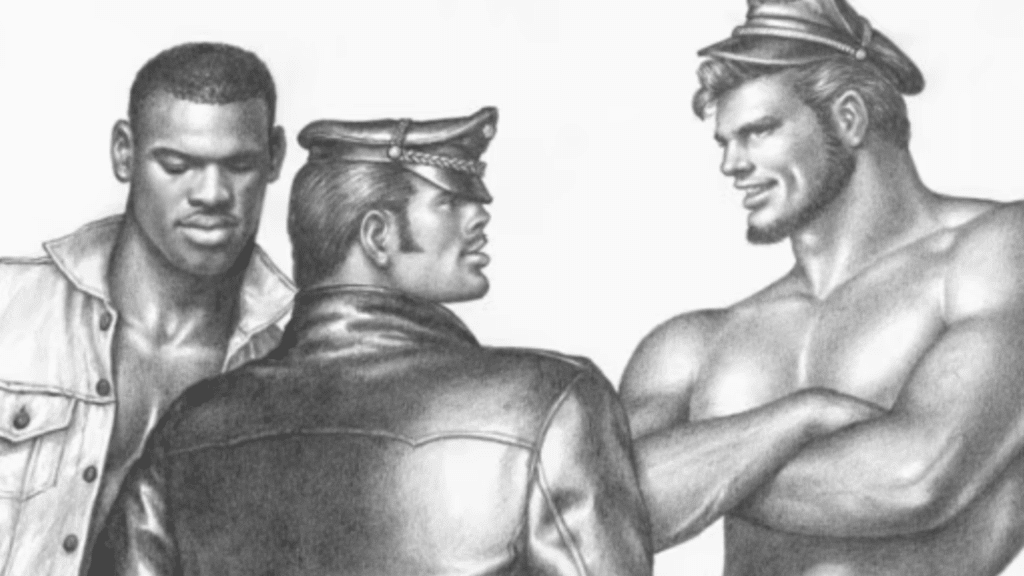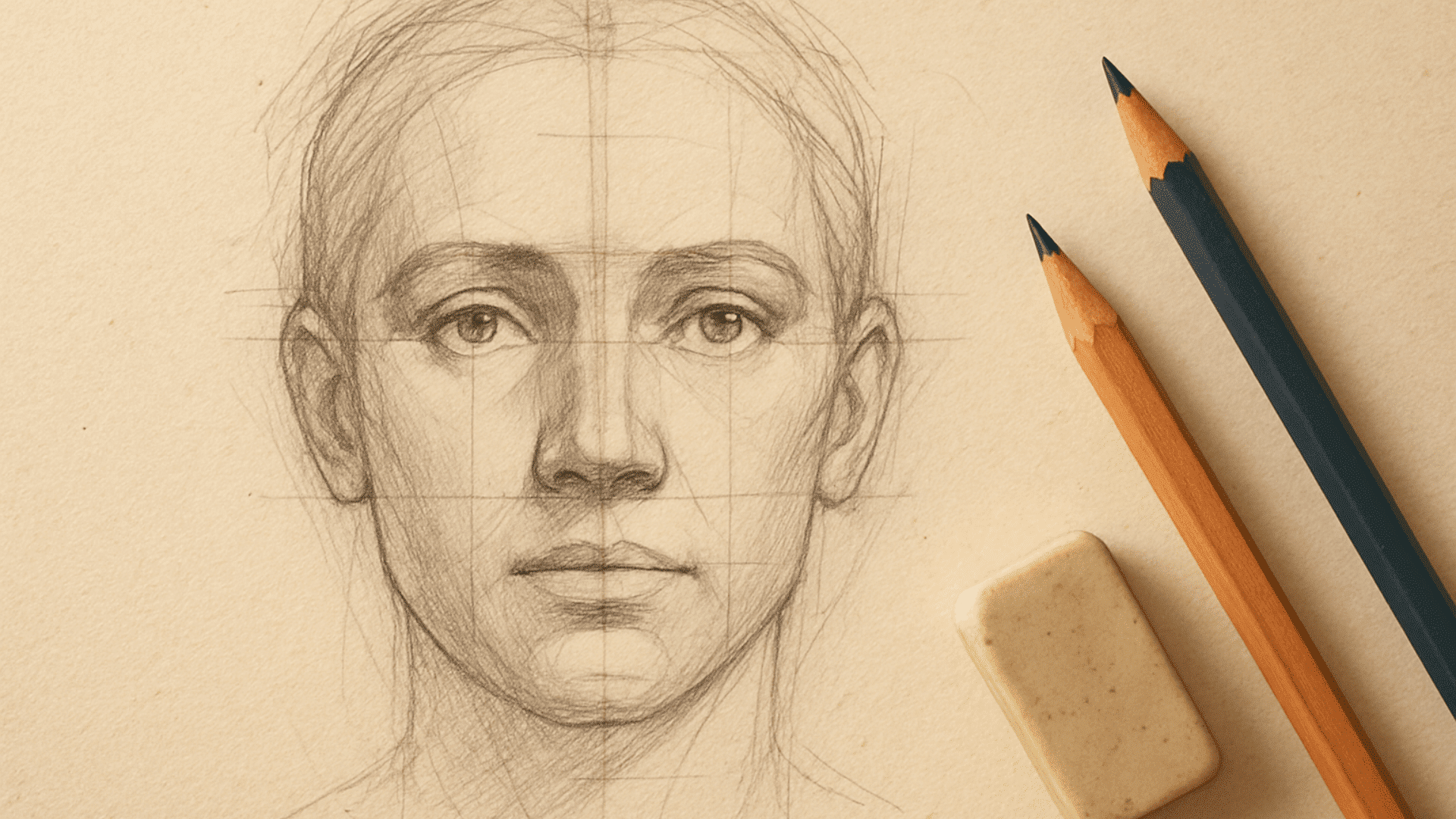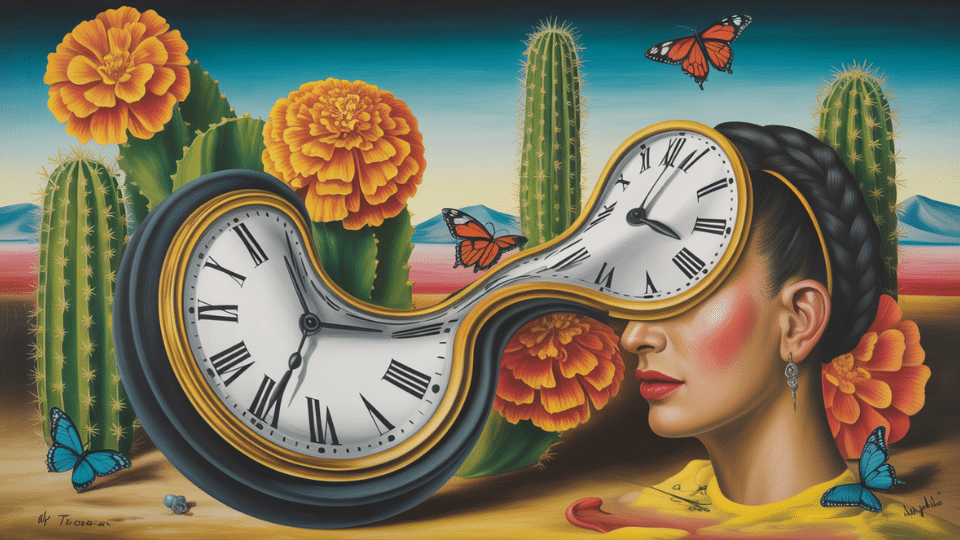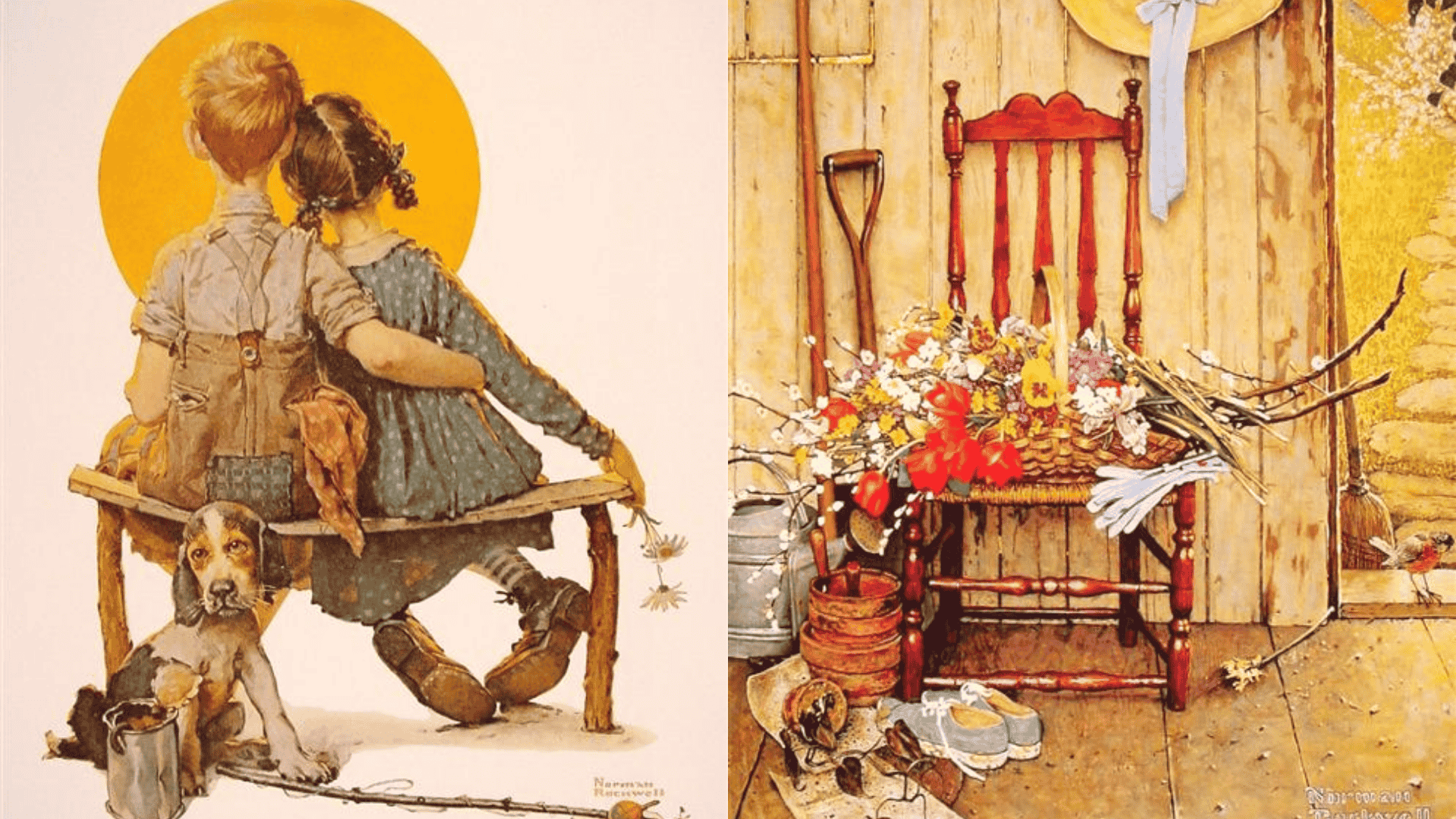Everyone’s seen those bold, confident drawings that seem to radiate freedom and pride; that’s Tom of Finland art.
His work broke barriers, showing queer identity in a way the world hadn’t seen before. People still celebrate Tom of Finland’s art today for its courage, humor, and striking style.
Here we will discuss who Tom of Finland was, what made his art so unique, and why it continues to inspire artists, collectors, and fans around the globe.
From his early life to iconic exhibitions and ways to experience his work today, this blog covers everything, one topic at a time.
What’s so Special About Tom of Finland’s Art?
Touko Laaksonen, born in 1920 in Finland, became known as Tom of Finland, a pseudonym protecting his identity as he created groundbreaking gay erotic art.
His drawings of hypermasculine figures, bikers, sailors, and policemen, emerged from a time when homosexuality was criminalized, changing symbols of authority into icons of queer pride.
First circulated in underground magazines like Physique Pictorial, Tom of Finland’s art grew into a bold visual language celebrating desire and confidence.
Art historians and collectors honor his work for redefining masculinity, fantasy, and identity with humor and power.
Today, his art is displayed in major museums and preserved by the Tom of Finland Foundation, continuing to inspire global conversations about sexuality and artistic freedom.
Artistic Style, Themes, and Major Techniques of His Art
Tom of Finland’s art is defined by precision, erotic confidence, and visual power. His technical mastery and recurring motifs shaped a distinct queer artistry that merged fantasy with realism.
| Aspect / Element | Description / Characteristic | Examples / Notes |
|---|---|---|
| Figure / Body Type | Hypermasculine, idealized musculature | Exaggerated biceps, broad shoulders |
| Theme / Motifs | Leather, uniforms, biker, and military culture | Recurring symbols of masculine power |
| Composition / Posing | Dynamic, erotic tension, staged drama | Figures in motion, confident gazes |
| Medium / Materials | Pencil, ink, gouache | Sharp contrast, clean outlines |
| Color and Shading | Strong chiaroscuro, limited palette | Creates sculptural realism |
| Evolution Over Time | Early softness to stylized boldness | Greater clarity and erotic directness |
Key Works and Iconic Pieces of Tom of Finland
Across decades of creativity, Tom of Finland’s art evolved into an instantly recognizable visual language of queer pride, erotic power, and masculine fantasy.
1. Kake Series

Source: en.wikipedia.org
The “Kake” series, begun in the 1960s, follows an impossibly handsome, leather-clad hero embodying idealized gay masculinity.
Each episode mixes humor, erotic adventure, and a spirit of freedom. With confident poses and cinematic storytelling, these works captured the liberation emerging in postwar gay culture.
2. Leather / Biker Images
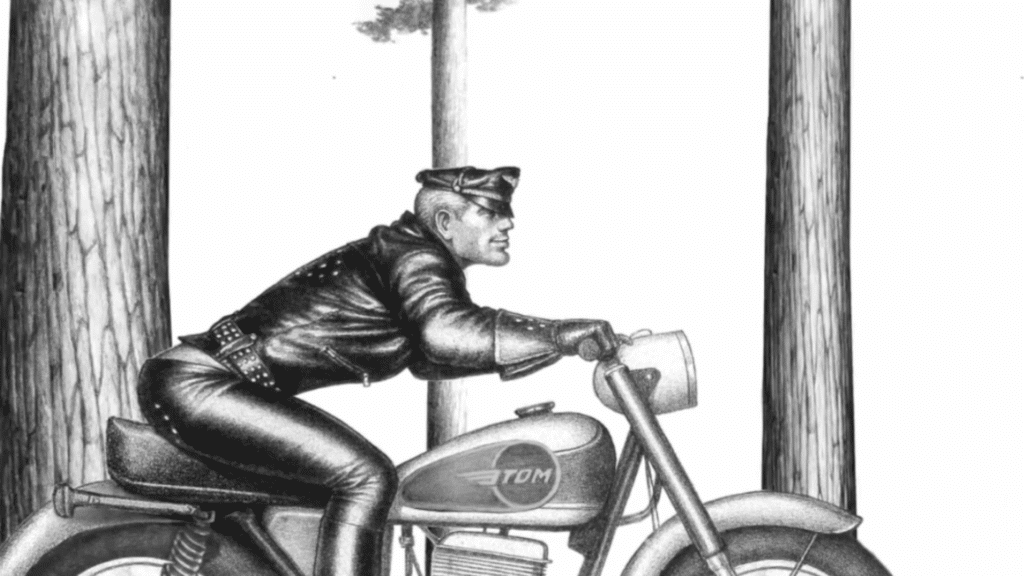
Source: instinctmagazine.com
Tom of Finland’s depictions of bikers presented rebellion and eroticism through gleaming boots, tight leather, and roaring motorcycles.
These images blurred the line between fetish and heroism, turning the outlaw into an icon of unapologetic desire.
3. Uniform and Fetish Themes

Source: //www.insidehook.com
Military, police, and sailor uniforms appear frequently in his art, reimagined as objects of erotic compelling.
By eroticizing authority, he subverted conventional power structures and celebrated queer reinterpretation of dominance and submission.
4. Later Works / Mature Period
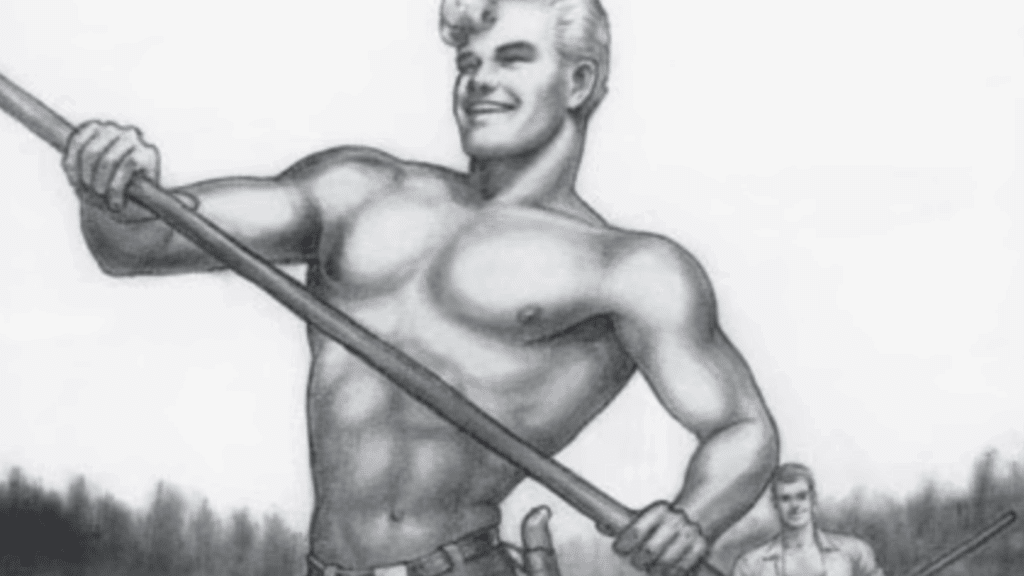
Source: www.theguardian.com
In the 1970s through the 1990s, Tom’s technique became increasingly refined. His later drawings used softer shading and cleaner lines while remaining boldly sexual.
The compositions evolved into more intimate and expressive pieces, reflecting both artistic maturity and a deepening affirmation of queer identity.
From the leather-clad Kake to his later minimalist compositions, Tom of Finland’s legacy endures as both erotic expression and cultural revolution.
Exhibitions and Retrospectives Featuring Tom of Finland
Major exhibitions around the world have honored Tom of Finland’s art, showcasing its cultural, aesthetic, and historical resonance within queer and contemporary art contexts.
| Exhibition | Venue / City / Dates | Focus / Highlights |
|---|---|---|
| Bold path | Kiasma Museum of Contemporary Art, Helsinki (Apr 28–Oct 29, 2023) | Major retrospective exploring Finnish identity and global reach |
| Tom of Finland: Highway Patrol, Greasy Rider, and Other Selected Works | David Kordansky Gallery, New York (2023) | Featured leather and biker imagery with cinematic flair |
| Die Tankstelle: Tom of Finland | Galerie Judin, Berlin (2025) | Upcoming European solo show with rare drawings |
| The Pleasure of Play | Artists Space, New York (Jun 13–Sep 13, 2015) | Curated by the Foundation; included early sketches and “Kake” works |
| Pen and Ink 1965–1989 | David Kordansky Gallery, Los Angeles (Mar 20–May 1, 2021) | Focused on black-and-white works and refined technique |
| Beryl Cook / Tom of Finland | Studio Voltaire, London (2024) | Paired exhibition examining humor, gender, and desire |
| FXLK PLAY: Mythmaking, Devotion, and Mischief | Tom of Finland Foundation / Long Hall, West Hollywood (Sep 13–Oct 12, 2025) | Group show honoring his legacy and cultural influence |
The Cultural Impact of Tom of Finland’s Art on LGBTQ+
The cultural impact of Tom of Finland art on LGBTQ+ communities is intense and enduring.
His bold depictions of confident, joyful gay men offered a revolutionary counter-narrative to decades of repression and stigma.
By changing symbols of masculinity into icons of queer pride, his work fostered empowerment and visibility at a time when open expression was dangerous.
His imagery helped shape the visual language of gay liberation, influencing everything from fashion to activism.
Today, his legacy continues to inspire LGBTQ+ artists, serving as an ageless emblem of courage and identity.
The Takeaway
Tom of Finland art stands as a lasting symbol of liberation, pride, and artistic excellence.
Through fearless imagery and technical mastery, Tom redefined masculinity, redefining what was once hidden into an open celebration of queer identity.
Readers are encouraged to visit exhibitions, see archives, and support queer art institutions that preserve this vital heritage.

